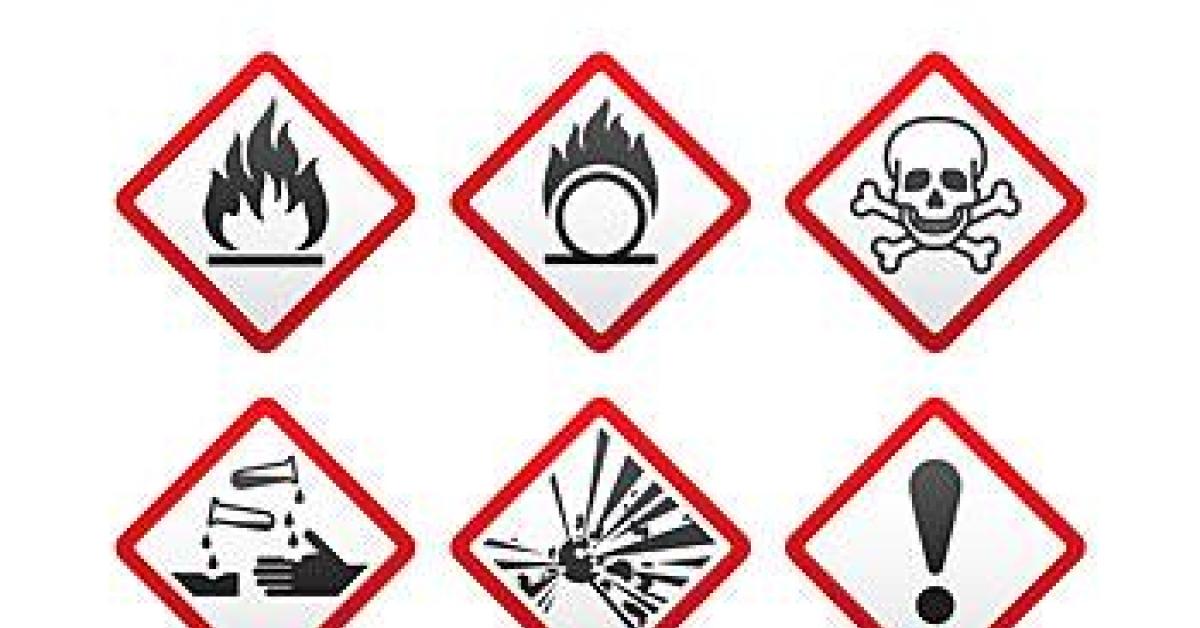CINCINNATI — Cintas Corp., a provider of first aid and safety products, has released its top tips for businesses impacted by the Globally Harmonized System (GHS) requirements for chemical classification and labeling. The new system will require millions of businesses and employees nationwide to be retrained on hazard communication.
“Hazardous-chemical information needs to be communicated to any employee who is exposed to or works with chemicals—even bleach,” says John Amann, vice president, First Aid & Safety, Cintas. “With GHS affecting over 5 million businesses, it is important that all employees are trained and understand the upcoming changes to chemical safety so businesses can keep workers safe and maintain OSHA compliance.”
The top tips for transitioning to GHS include:
UPDATE YOUR WRITTEN SAFETY PROGRAM
Anytime a safety standard is created or updated, written programs must be changed to include guidelines for complying with the regulation. Update your written program to incorporate GHS in all of your current hazard communication protocols.
BEGIN TRAINING NOW
The adoption of GHS has the potential to prevent nearly 600 injuries and illnesses annually, according to the Occupational Safety & Health Administration (OSHA). To be proactive in preventing accidents, employees must be properly trained on new chemical labeling and Safety Data Sheet (SDS) formats. Businesses that make an effort to train well before the deadline will have knowledgeable, prepared employees, thereby limiting injuries, medical costs and potential OSHA fines, Cintas says.
ENSURE WORKERS UNDERSTAND NEW PICTOGRAMS
Nine new pictograms for chemical labels will provide visual warnings for carcinogens, skin or eye irritants, flammable products and more. Clarify what each pictogram represents and demonstrate the types of personal protective equipment (PPE) workers should wear for different hazards.
FAMILIARIZE EMPLOYEES WITH NEW LABELS
New labels will now have a signal word, the product identifier, supplier identification, and hazard and precautionary statements. These detailed labels include critical warnings, Cintas advises, so it is important to teach employees to thoroughly read them before using the chemical.
EXPLAIN NEW SAFETY DATA SHEETS (SDS) FORMATS
Safety Data Sheets (SDS), formally Material Safety Data Sheets (MSDS), are informational guides for determining chemical handling and storage, necessary PPE and exposure action plans. These will now follow a standardized format and contain more extensive chemical information. Reference OSHA to understand the new layout, and keep your SDS binders accessible so employees can refer to them anytime.
ENGAGE EMPLOYEES USING BLENDED TRAINING FORMATS
When used in conjunction, instructor-led, DVD and online training engage all learning types. Lessons should combine visual and auditory instruction with group activities and handouts to encourage retention of GHS material, Cintas recommends.
KEEP TRAINING RECORDS ON FILE
To prevent OSHA fines, it is necessary to document all of the training conducted within your facility. Have employees sign training logs after they have completed GHS training and demonstrated an understanding of the concepts.
“Because hazardous materials present severe risks to workers, complying with GHS guidelines is essential for maintaining a safe work environment,” adds Amann. “Businesses that begin preparing now will find the transition much easier than workplaces that wait until the last minute.”
Cintas is offering a free on-site, no obligation consultation to determine what aspects of current hazard communication programs a given business needs to update. More information is available by calling 877-973-2811.
Have a question or comment? E-mail our editor Dave Davis at [email protected].
